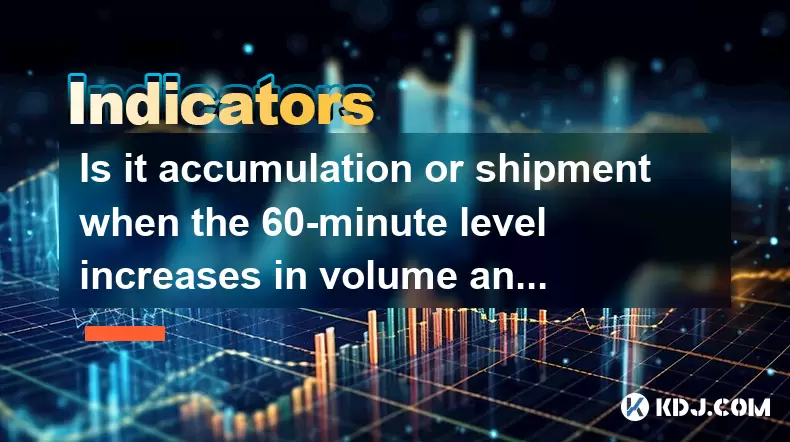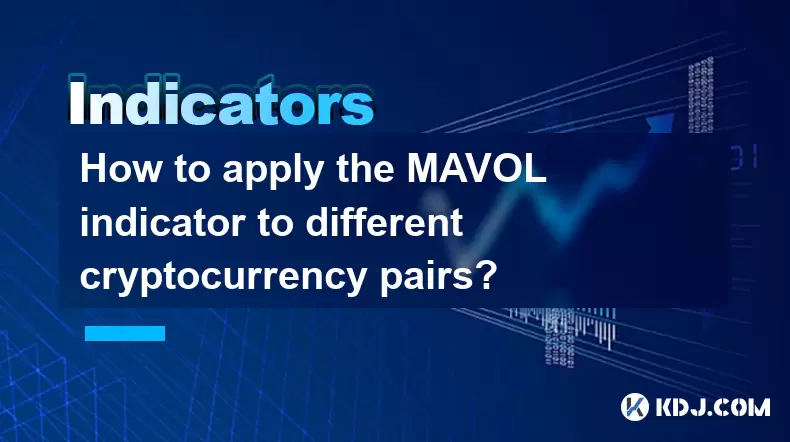-
 Bitcoin
Bitcoin $118400
0.47% -
 Ethereum
Ethereum $3836
2.20% -
 XRP
XRP $3.157
2.98% -
 Tether USDt
Tether USDt $0.9999
-0.03% -
 BNB
BNB $801.5
1.31% -
 Solana
Solana $180.9
2.07% -
 USDC
USDC $0.9999
-0.02% -
 Dogecoin
Dogecoin $0.2225
2.50% -
 TRON
TRON $0.3285
-1.02% -
 Cardano
Cardano $0.7789
2.60% -
 Hyperliquid
Hyperliquid $43.60
2.39% -
 Sui
Sui $3.892
4.41% -
 Stellar
Stellar $0.4229
3.34% -
 Chainlink
Chainlink $18.01
3.98% -
 Hedera
Hedera $0.2745
6.77% -
 Bitcoin Cash
Bitcoin Cash $582.3
3.38% -
 Avalanche
Avalanche $23.77
1.04% -
 Ethena USDe
Ethena USDe $1.001
0.01% -
 Toncoin
Toncoin $3.493
3.59% -
 Litecoin
Litecoin $110.0
2.48% -
 UNUS SED LEO
UNUS SED LEO $8.936
-0.37% -
 Shiba Inu
Shiba Inu $0.00001304
2.49% -
 Uniswap
Uniswap $9.999
1.09% -
 Polkadot
Polkadot $3.897
3.26% -
 Monero
Monero $308.6
-0.83% -
 Dai
Dai $0.9999
-0.01% -
 Bitget Token
Bitget Token $4.504
-0.04% -
 Pepe
Pepe $0.00001154
2.95% -
 Cronos
Cronos $0.1471
3.06% -
 Ethena
Ethena $0.6691
19.53%
Is it accumulation or shipment when the 60-minute level increases in volume and prices are flat?
A spike in volume with flat price on the 60-minute crypto chart often signals accumulation or distribution, revealing hidden institutional activity and potential trend shifts.
Jun 21, 2025 at 11:28 am

Understanding the 60-Minute Chart in Cryptocurrency Trading
In cryptocurrency trading, timeframe analysis plays a critical role in identifying market behavior. The 60-minute chart, often referred to as the 1-hour chart, is widely used by both retail and institutional traders for short-term decision-making. When analyzing this timeframe, traders pay close attention to volume patterns and price action. A situation where volume increases significantly while prices remain flat can raise questions about whether the market is experiencing accumulation or distribution (shipment).
This phenomenon is not uncommon in crypto markets due to their high volatility and 24/7 nature. Understanding what drives such price-volume dynamics requires deeper insight into order flow, trader psychology, and volume profile indicators.
What Does It Mean When Volume Increases but Price Remains Flat?
When you observe a spike in volume on the 60-minute chart without a corresponding price movement, it typically signals market indecision or a battle between buyers and sellers at a particular price level. This could indicate several things:
- Large orders being filled gradually without triggering significant price changes
- Market makers absorbing liquidity
- Whales or institutions accumulating or distributing assets
The key lies in interpreting where this occurs in the price structure. If this happens after a downtrend, it may signal accumulation. Conversely, if it follows a significant rally, it might suggest profit-taking or distribution.
Identifying Accumulation Patterns on the 60-Minute Chart
Accumulation occurs when large players quietly buy up assets without moving the price too much. In the 60-minute chart, signs of accumulation include:
- Increased volume with sideways or slightly upward price movement
- Price holding above a key support level
- Tightening range over time, indicating reduced selling pressure
Traders should look for volume spikes that do not correspond with bearish candlestick patterns. Instead, they should see small-bodied candles with long wicks, especially near support levels. These are signs that buyers are stepping in despite lackluster price movement.
Additionally, tools like the Volume by Price indicator can help identify zones where large volumes have traded horizontally — potentially signaling institutional accumulation.
Detecting Distribution (Shipment) Through Volume Analysis
On the flip side, distribution (or shipment) involves large holders selling off positions without triggering panic. On the 60-minute chart, this can manifest as:
- High volume with little to no price increase
- Repeated rejection at resistance levels
- Gradual erosion of buying momentum
If prices fail to break out despite rising volume, it could mean that sellers are absorbing demand. This is often seen in scenarios where whales or early investors are offloading assets to retail buyers who are still optimistic.
A key warning sign is increasing volume on down bars or neutral candles, suggesting that selling pressure is growing even though the price isn’t dropping sharply yet. This is a classic sign of smart money exiting while retail continues to buy.
How to Differentiate Between Accumulation and Shipment Using Technical Tools
To distinguish between accumulation and shipment, traders can use the following technical tools and methods:
- Volume Profile: Identify areas where the most volume has been traded. If prices revisit these zones and hold, it could indicate accumulation.
- Order Flow Analysis: Look at bid-ask imbalances and trade cluster data to determine whether buying or selling pressure dominates.
- On-Balance Volume (OBV): Rising OBV during flat price action suggests accumulation; falling OBV indicates distribution.
- Footprint Charts: These show trade activity per bar, including delta (buy vs. sell volume), which helps assess net buying or selling pressure.
By combining these tools with standard chart patterns, traders can better interpret whether increased volume with flat prices is bullish or bearish in nature.
Practical Steps to Analyze 60-Minute Chart Volume Spikes
Here’s how to conduct a step-by-step analysis when you spot a volume spike on the 60-minute chart with no price movement:
- Zoom out to the daily and 4-hour charts to understand the broader trend context
- Check recent price action around the current level — is it near support or resistance?
- Overlay the Volume Profile to see if the current price is in a high-volume zone
- Analyze the candlesticks — are they showing bullish or bearish rejection?
- Review order book depth to detect hidden buy or sell walls
- Compare volume against average volume — is it significantly higher than usual?
These steps help avoid misinterpretation and ensure traders are not making decisions based solely on surface-level observations.
Frequently Asked Questions
Q: Can accumulation happen on all timeframes, or is it more visible on the 60-minute chart?
A: Accumulation can occur on any timeframe, but the 60-minute chart provides a balanced view between short-term noise and meaningful volume shifts, making it ideal for spotting early accumulation phases.
Q: What does it mean if volume increases but price remains flat on multiple consecutive candles?
A: This pattern often signals a buildup phase where either buyers or sellers are preparing for a breakout. It's crucial to watch for a breakout from the consolidation range to confirm the direction.
Q: How reliable is the Volume Profile in distinguishing between accumulation and shipment?
A: Volume Profile is highly effective when combined with price action and order flow data. It helps identify key value areas where large players may be active, but it should not be used in isolation.
Q: Should I enter a trade immediately when I see high volume with flat price on the 60-minute chart?
A: No, it's advisable to wait for confirmation through a breakout, reversal candlestick pattern, or divergence in momentum indicators before entering a trade based on volume anomalies.
Disclaimer:info@kdj.com
The information provided is not trading advice. kdj.com does not assume any responsibility for any investments made based on the information provided in this article. Cryptocurrencies are highly volatile and it is highly recommended that you invest with caution after thorough research!
If you believe that the content used on this website infringes your copyright, please contact us immediately (info@kdj.com) and we will delete it promptly.
- SEC, Crypto, and On-Chain: Navigating the Regulatory Maze
- 2025-08-01 02:31:40
- Bitcoin Bullish Market: How Long Positions are Boosting the Crypto King
- 2025-08-01 02:35:33
- Visa, Stellar, and Stablecoins: A New York Minute on the Future of Finance
- 2025-08-01 01:50:50
- BCH, FET, BlockDAG: Decoding the Crypto Buzz
- 2025-08-01 01:16:37
- Conflux Token, Crypto Simplicity, and WeWake Finance: A New Era?
- 2025-08-01 01:50:50
- Dogecoin, Remittix, and Analyst Targets: Navigating the Crypto Landscape
- 2025-08-01 01:55:40
Related knowledge

What does it signify when the MACD crosses below the zero line?
Aug 01,2025 at 01:43am
Understanding the MACD IndicatorThe Moving Average Convergence Divergence (MACD) is one of the most widely used technical analysis tools in the crypto...

How does the MACD histogram show momentum?
Aug 01,2025 at 01:16am
Understanding the MACD Histogram and Its Role in Cryptocurrency TradingThe MACD histogram is a visual representation of the difference between the MAC...

What is a MACD crossover?
Jul 31,2025 at 11:52pm
Understanding the Role of Private Keys in Cryptocurrency SecurityIn the world of cryptocurrency, private keys are the cornerstone of ownership and con...

How can you use the MACD histogram to determine trend strength?
Jul 31,2025 at 11:10pm
Understanding the MACD Histogram and Its ComponentsThe MACD (Moving Average Convergence Divergence) histogram is a visual representation of the differ...

What is the impact of different moving average types (SMA vs. EMA) on the MAVOL indicator?
Aug 01,2025 at 02:31am
Understanding the MAVOL Indicator in Cryptocurrency AnalysisThe MAVOL (Moving Average Volume) indicator is a technical analysis tool used in the crypt...

How to apply the MAVOL indicator to different cryptocurrency pairs?
Aug 01,2025 at 12:43am
Understanding the MAVOL Indicator in Cryptocurrency TradingThe MAVOL indicator, short for Moving Average Volume, is a technical analysis tool that app...

What does it signify when the MACD crosses below the zero line?
Aug 01,2025 at 01:43am
Understanding the MACD IndicatorThe Moving Average Convergence Divergence (MACD) is one of the most widely used technical analysis tools in the crypto...

How does the MACD histogram show momentum?
Aug 01,2025 at 01:16am
Understanding the MACD Histogram and Its Role in Cryptocurrency TradingThe MACD histogram is a visual representation of the difference between the MAC...

What is a MACD crossover?
Jul 31,2025 at 11:52pm
Understanding the Role of Private Keys in Cryptocurrency SecurityIn the world of cryptocurrency, private keys are the cornerstone of ownership and con...

How can you use the MACD histogram to determine trend strength?
Jul 31,2025 at 11:10pm
Understanding the MACD Histogram and Its ComponentsThe MACD (Moving Average Convergence Divergence) histogram is a visual representation of the differ...

What is the impact of different moving average types (SMA vs. EMA) on the MAVOL indicator?
Aug 01,2025 at 02:31am
Understanding the MAVOL Indicator in Cryptocurrency AnalysisThe MAVOL (Moving Average Volume) indicator is a technical analysis tool used in the crypt...

How to apply the MAVOL indicator to different cryptocurrency pairs?
Aug 01,2025 at 12:43am
Understanding the MAVOL Indicator in Cryptocurrency TradingThe MAVOL indicator, short for Moving Average Volume, is a technical analysis tool that app...
See all articles

























































































